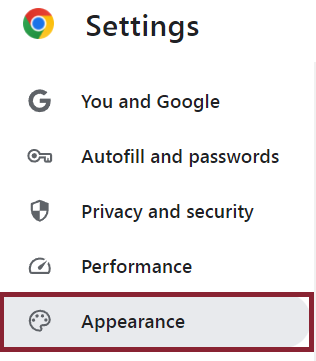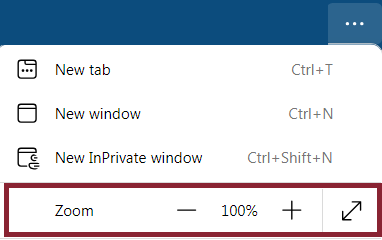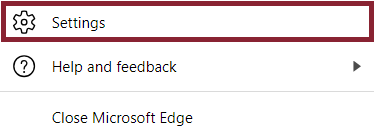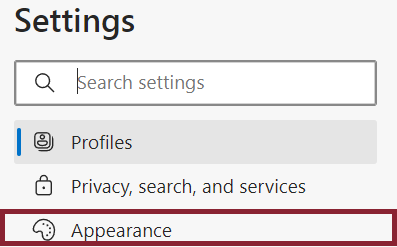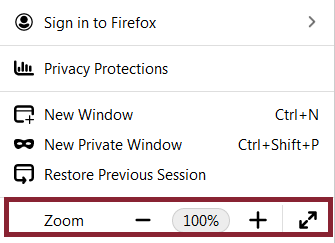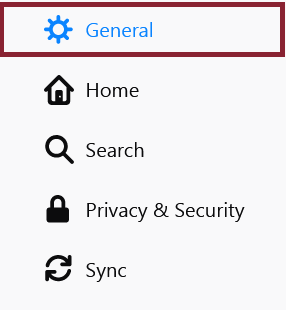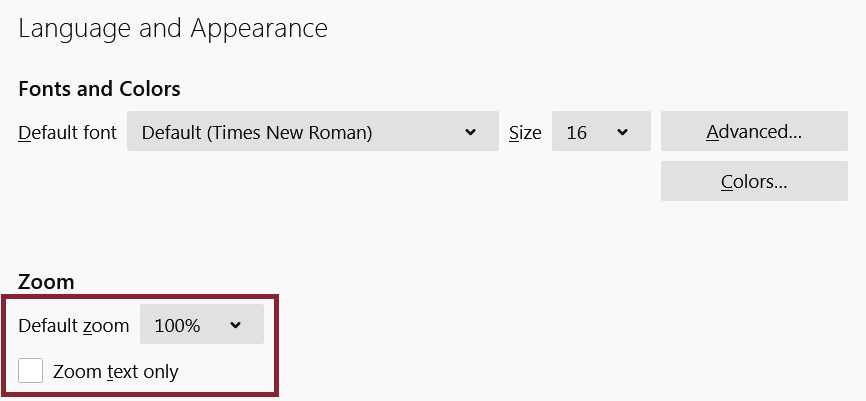This Grievance Procedure is established to meet the requirements of the ADA. It may be used by anyone who wishes to file a complaint alleging discrimination on the basis of disability in the provision of services, activities, programs, or benefits by the Supreme Court of Ohio, including its affiliated offices. For local court participation in court cases or functions, accommodations available for persons with a disability, related to participation in court cases or functions, individuals must contact the local court where the services are needed.
The complaint should be in writing and contain information about the alleged discrimination, such as name, address, and phone number of complainant and the location, date, and description of the problem. Alternative means of filing complaints, such as personal interviews or a tape recording of the complaint, will be made available for persons with disabilities upon request. Additionally, there is a form available that may be used to formulate a complaint.
The complaint should be submitted by the complainant or the complainant’s designee as soon as possible but no later than 60 calendar days after the alleged violation to:
ADA Coordinator for the Supreme Court of Ohio
65 South Front Street, 7th Floor
Columbus, Ohio 43215-3431
Phone: 614.387.9470
Fax: 614.387.9479
ADA@sc.ohio.gov
Within 15 calendar days after receipt of the complaint, the ADA Coordinator or the Coordinator’s designee will meet with the complainant to discuss the complaint and the possible resolutions. Within 15 calendar days of the meeting, the ADA Coordinator or the Coordinator’s designee will respond in writing, and where appropriate, in a format accessible to the complainant, such as large print or audio tape. The response will explain the position of the Supreme Court of Ohio and offer options for substantive resolution of the complaint.
If the response by the ADA Coordinator or the Coordinator’s designee does not satisfactorily resolve the issue, the complainant or the complainant’s designee may appeal the decision to the Administrative Director of the Supreme Court of Ohio within 15 calendar days after receipt of the response.
Within 15 calendar days after receipt of the appeal, the Administrative Director will meet with the complainant to discuss the complaint and possible resolutions. Within 15 calendar days after the meeting, the Administrative Director will respond in writing and, where appropriate, in a format accessible to the complainant with a final resolution of the complaint.
All written complaints received by the ADA Coordinator or the Coordinator’s designee, appeals to the Administrative Director, and responses from those offices will be retained by the Supreme Court of Ohio for at least three years.



